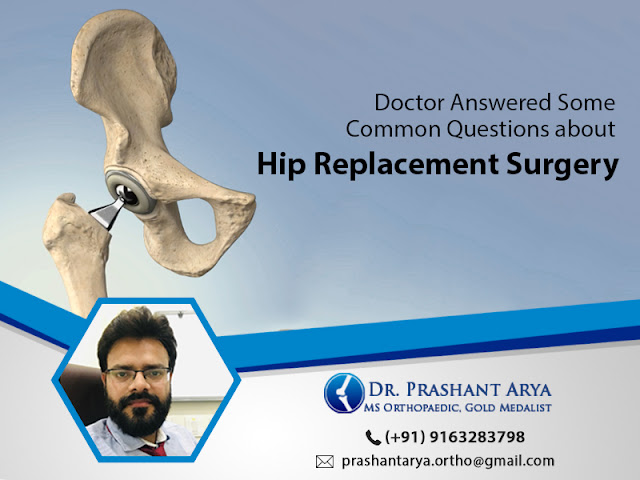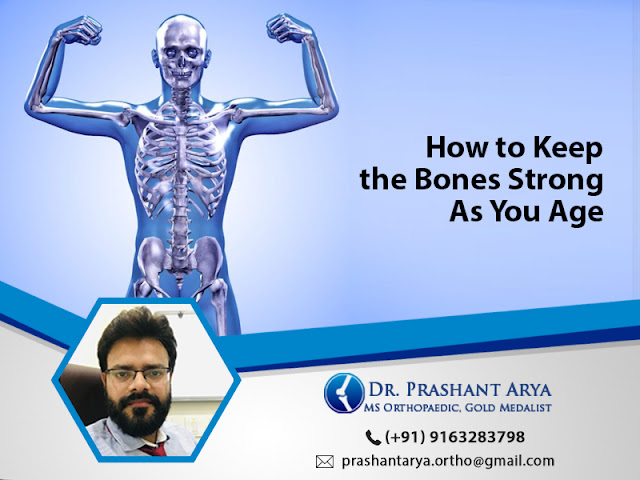Understanding Osteopenia – An Orthopaedic Surgeon Explains
Osteopenia is defined as a decrease in bone mineral density (BMD) that is not severe enough to be categorised as osteoporosis. The level of minerals in the bones is measured by BMD, which indicates how thick and strong they are. Osteopenia occurs when you have low BMD (with a T-score ranging from -1.0 to -2.5 in bone density test), says a well-known orthopaedic surgeon in North Kolkata.
As
people become older, their bones naturally thin out. After reaching peak BMD at
around 30 years of age, everyone begins to lose bone mass. The longer it takes
to develop osteopenia beyond the age of 30, the thicker your bones are. Some
patients with osteopenia do not experience bone loss. They may just have a
decreased bone density due to genetics. Osteopenia and osteoporosis are
significantly more common in women than in men.
Causes of Osteopenia
The
following factors, as listed by the best
orthopaedic doctor, can lead to osteopenia in both men and women:
·
Eating disorders or metabolic issues that prevent the body
from absorbing and utilising enough vitamins and minerals.
·
Chemotherapy, or drugs like steroids, are used to treat a
variety of ailments.
·
Radiation exposure
Treatment Options for Osteopenia
Osteopenia
and osteoporosis are caused by bone loss, which can be reduced by making
lifestyle modifications.
The
most important mineral for bone mass is calcium. Milk and other dairy products,
green vegetables, and calcium-enriched foods are the finest sources of calcium.
Your orthopaedic specialist in Salt lake
may also recommend that you take a calcium supplement, which is commonly mixed
with vitamin D and aids in the absorption of calcium and other minerals.
Weight-bearing
exercises like dancing, walking, and hiking are good for osteopenia. If
you want to start an exercise regimen, talk to your doctor or a physical
therapist.




Comments
Post a Comment